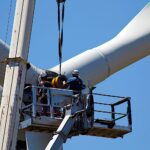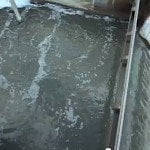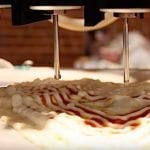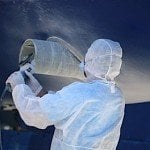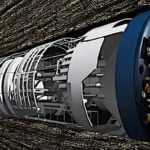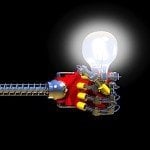Although the International Space Station’s 3-D printer “has manufactured the first 3-D printed object in space, paving the way to future long-term space expeditions” [1] — there are still issues of “gravity” to overcome before the printing technology can be relied upon to replace expensive “supply runs” to the orbiting station. [See inset photo for first ever 3D printed object in space, NASA.]
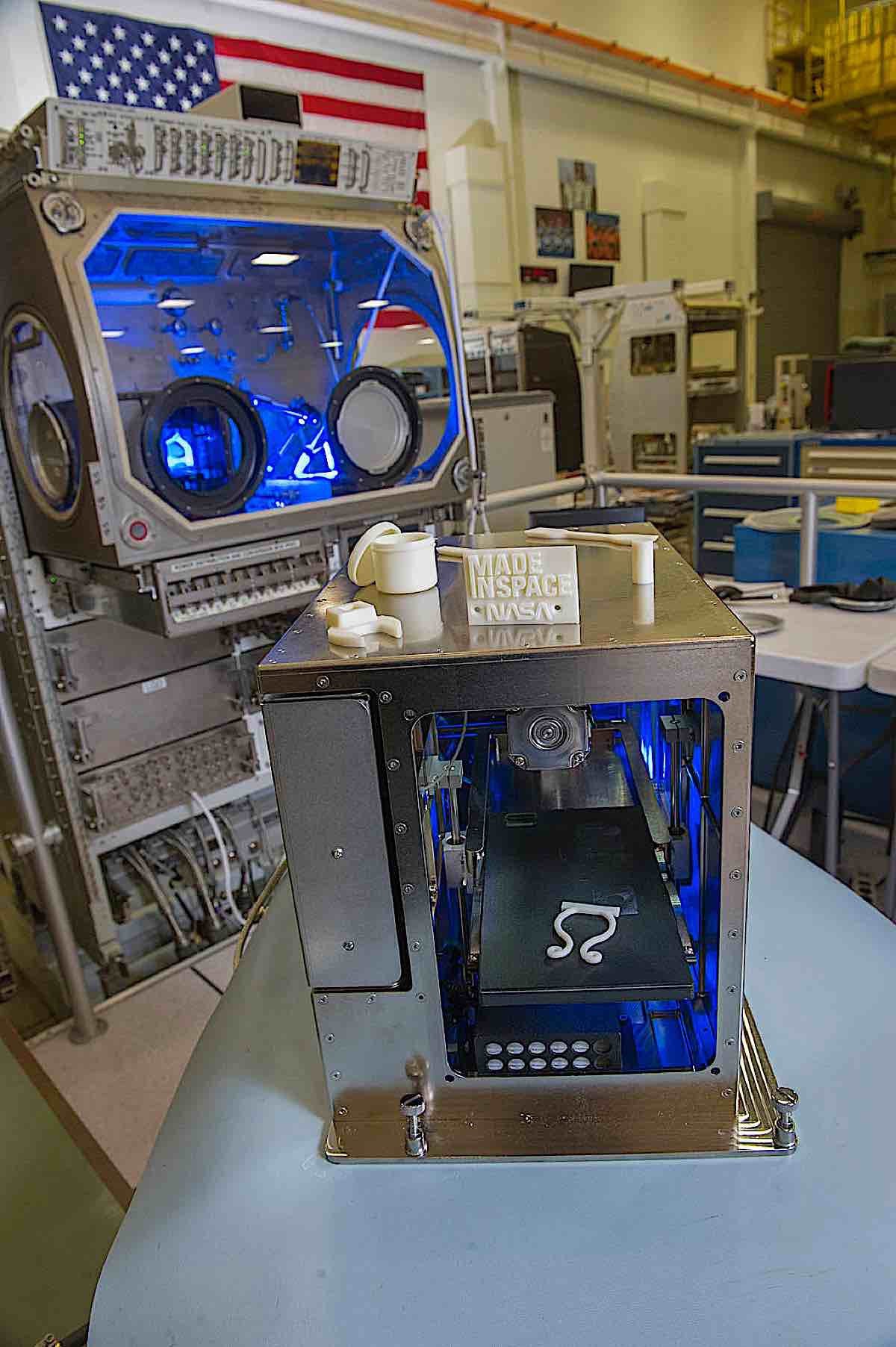
The engineering industry continues to explore and perfect additive manufacturing, widely known as 3D printing — but there are specific issues related to “space” printing. 3D Printing is already utilized in car manufacturing, medicine, and house construction, but the latest beneficiate of the ground-breaking technology is far further afield.
At this moment in time, astronauts up at the International Space Station can only depend on resource resupplies every so often, with parts and tools having to be ferried up from Earth — with extraordinarily high costs per pound of weight. Their 3D printer isn’t necessarily currently practical for “replacement parts.” What this means is that the crew can be left waiting for critical supplies for weeks or months on end, even if the tool itself is a rather simple creation.
NASA partnered with Made In Space Inc. to develop and launch the first-ever 3D printing experiment on the International Space Station. In theory, this could create a one-stop-shop for astronauts to create much-needed supplies at the literal click of a button.
Problems with 3D Printing in Space
The first issue comes before you even set off. What should you take with you? While 3D-printed tools will save on space and weight, it can prove challenging to decide what to pack and what to 3D print. After all, what if disaster strikes and the printer itself is left damaged?

Regular 3D printing does rely somewhat on gravity to hold each layer together before they cool and dry. Without the natural stickability that we possess on Earth, special alterations will need to be made to fit the conditions up in space. The simplest solution would be to use some form of sticky material in between each layer to keep them together. However, when using sticky substances, it can be challenging to avoid them sticking to absolutely everything. In some instances, the 3D printed items have been known to stick to the build plates on the printer, potentially causing damage to both the part and the tech.
Accuracy is one of the most important things when it comes to space travel. Even the slightest error in calculations up there can have catastrophic consequences. When it comes to 3D printing, the surfaces created are often imperfect when looked at under a microscope, which could develop in cracks, damage, and disasters up in space.
NASA scientists must also find a way to use 3D-printers on planet surfaces without risk of damage, as this technology will eventually be deployed to print living spaces. Temperature changes, meteors, a new environment, these are just a few of the problems that 3D printers will encounter upon landing on a new planet.
NOTES
[1] NASA: 3D Printer


